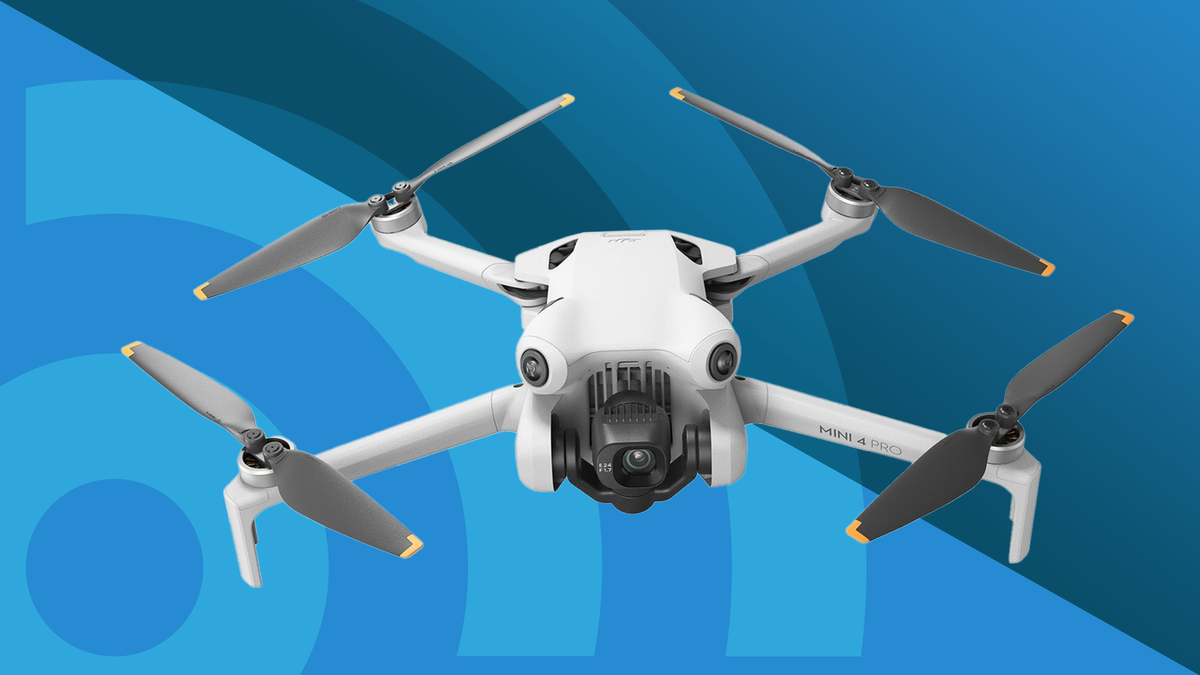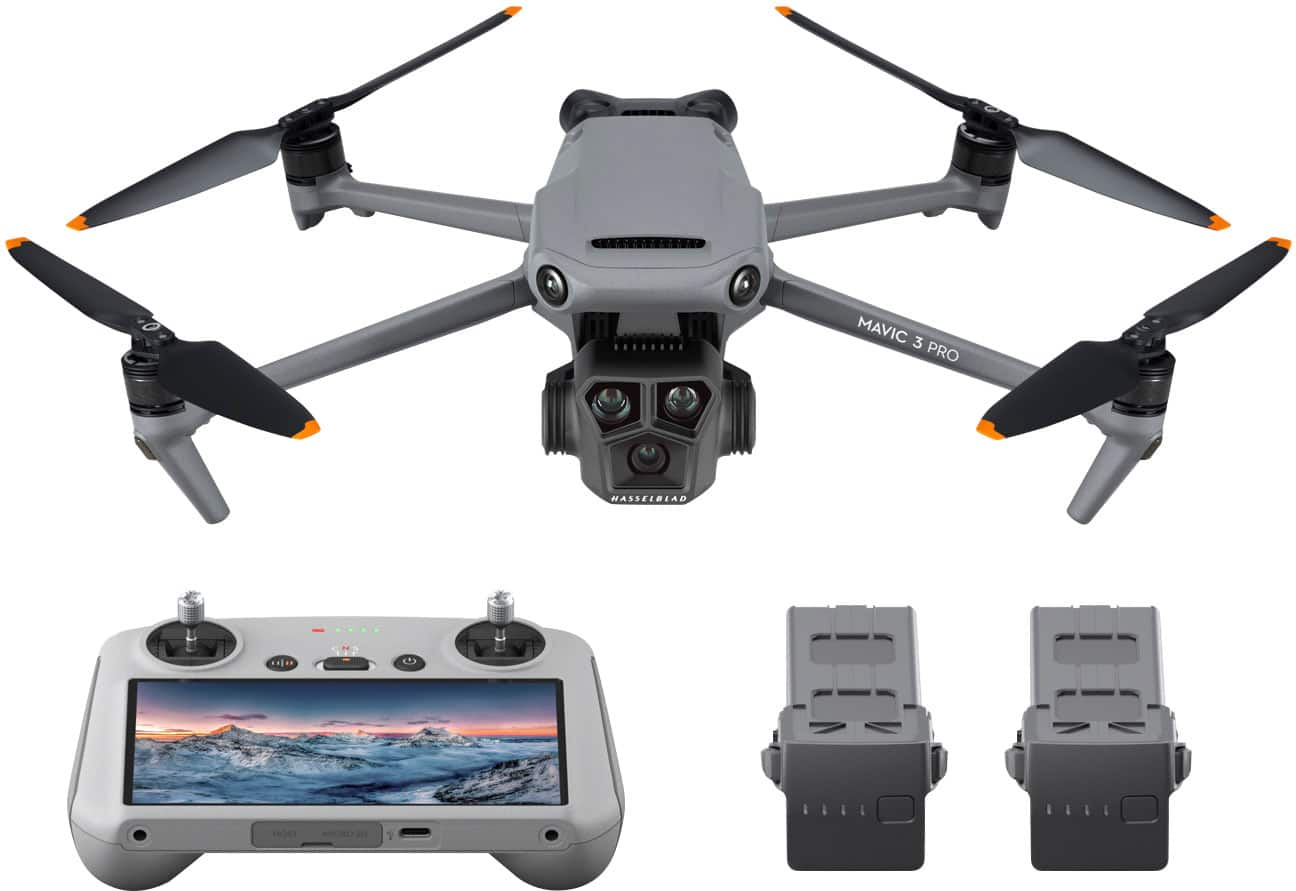
The Best Camera Drones in 2024: Take Your Photography & Video to the Skies
These are the best camera drones for ethereal photography and videography, both for cameras and flight controls. It's astounding to feel that a couple of years prior camera drones were minimal more than curiosity toys for device heads; presently they're an inventive instrument not many photographic artists or producers need to do without.
There are decisions for novice and expert, offering a decision of inventive points and exceptional viewpoints that essentially wouldn't be imaginable with some other camera. Obviously, the conceivable outcomes have forever been invigorating what makes it viable, and what is the ideal decision?
At the point when we take a gander at a camera drone, we're searching for the right equilibrium of cost, camera capacity, and common sense. That last class is impacted in many nations, including the UK and USA, by regulations that make it more straightforward to work drones under 250g (0.55 pounds).

On the off chance that you're searching for excellent outcomes, you'll have to search for bigger picture sensors and maybe even the capacity to record utilizing film grade codecs like ProRes. However, these can be difficult for a great many people to work with. More significant are the fundamentals a gimbal to keep the camera steady and a decent battery duration.
Man-made intelligence is likewise a critical component for shooting, with a large number having various degrees of subject following that can extraordinarily ease having a decent streaming chance, while security is an element supported by impact sensors, however these can include some major disadvantages.
Top 5 Best Drones Photography Camera in 2024
1: DJI Mini 4 Pro
This robot's ancestor, the DJI Smaller than normal 3 Ace, had a gigantic impact when it showed up in May 2022 - it re-imagined how DJI was doing the super light classification, bringing a few crash sensors and a 4K 60fps camera which could truly pivot to vertical mode (a component still not equalled by a lot greater art).

Under year and a half later, the Smaller than expected 4 Genius completed the task, making the crash sensors omnidirectional (all-round) and adding 10-bit D-Log M video and waypoint programmable trips while holding under the enchanted weight. It can likewise do HDR at a full 60fps instead of the 30fps furthest reaches of the Air 3 Star.
The Smaller than expected 4 Genius additionally sports DJI's refreshed O4 radio framework which presents to 20km (north of 12 miles) of hypothetical reach or, all the more critically, first rate gathering in reasonable functional distances. The refreshed DJI RC 2, as seen with the DJI Air 3, is a choice, which feels extremely genius close by, giving the decision of a model with a screen to save the (genuinely insignificant) quarrel of interfacing a telephone).
In certain business sectors (begin reciting "USA ) there is likewise a selection of batteries on the off chance that you wouldn't fret pushing as far as possible, meaning you can go from the generally nice 30 minutes to north of 40 (once more, consistently take these with a spot of salt - it relies upon conditions and flying style). You ought to note, however, that the robot will realize about the weight change, and can caution specialists.
2: DJI Air 3
The DJI Air 3 has a great deal to suggest it at cost which - while surely not pocket cash - is to a lesser extent a stretch than others on this rundown. Some can't look past the marginally more modest picture sensor than its ancestor, the Air 2S, yet the new picture sensor is a cutting edge stacked CMOS and - all the more critically - there are two of them. One with a 24mm EFL (wide) focal point and one with a 70mm EFL (what DJI call a medium zooming) focal point.
-600x315w.jpg)
Since both have similarly great 48-megapixel sensors, both can deliver 100fps 4K sluggish mo (or 200fps at 1080P) and the wide range of various guaranteed highlights, making the robot a lot simpler to use than others which blend and-match the sensors and focal points.
As such, exchanging zoom lengths works here at an unadulterated equipment level, and DJI haven't needed to strain their product in the manner that a great deal of telephones attempt to (and frequently don't exactly prevail at).
Not simply telephones either - the objection can be evened out at the Air 3's greater sibling, the Mavic 3 Expert, and particularly that robot's ancestor the Mavic 3, yet that is a completely separate story!
3: HoverAir X1
This probably won't be great for more youthful children with barely any parental oversight, and it's unquestionably not the least expensive toy, but rather it's not excessively expensive either contrasted with numerous on this rundown and it offers a totally different interpretation of robots that I saw as exceptionally convincing. It's one I've added to my assortment, and it's one I find the entire family can appreciate.
At the point when I originally attempted it, this robot astonished me with its reasonably protected plan, and by how the artificial intelligence could basically follow me, taking off and arriving on my own hand. After beginning set up, I didn't require my telephone to make it happen - there is a blend of a speaker inside so voices console you that you've requested the proper thing and straightforward buttons on the casing.
4: DJI Mini 3
DJI characterized camera drones as we comprehend them today way back in 2016 with the main Mavic. It was usable to such an extent that drones plainly turned into a purchaser accommodating item and not long after the limitations began to arise all over the planet.

Utilizing a robot over 250g unexpectedly required enrollment, a web-based test and a little expense in many nations, however by 2019 DJI's Mavic Scaled down had tackled the weight issue. Since scarcely any individuals love organization, and robot tech has advanced so indeed, it is at this point not simply a robot, yet an entire classification - ultralight.
It is the undeniable weight classification for fledgling robots, yet there are likewise some shockingly very good quality choices (like the Smaller than usual 4 Master, in the middle between, a reasonable equilibrium between capacity and cost.
5: DJI Mavic 3 Pro / Pro Cine
The Mavic 3 Star is a strong machine, equipped for lifting a triple-camera framework based around a 24mm EFL primary camera and two optional cameras (at 70mm EFL and 166mm EFL) that give a "crossover zoom." In the event that the methodology hadn't previously been embraced - more likely than not - by your telephone it could appear to be a digit confounding and it is somewhat unusual at first yet the brilliant 20-megapixel principal camera brings the star elements of customizable ISO, openness, and, urgently, gap.

The optional cameras are less great, however they actually address an outstanding improvement over the first Mavic 3's double camera framework. The Medium Tele is f/2.8 and the tele ƒ/3.4 so you'll get the best symbolism from the 'Hasselblad' (primary camera - and ProRes video with the Cine choice - however different cameras don't give you a similar camera framework (in contrast to, say, the swappable Motivate 3).
You can select to switch between focal points, or have the PC make a long computerized zoom (once more, similar to a telephone), the whole way to 28x, however you'll see the leaps at 3x and 7x (once more, similar to a telephone).


